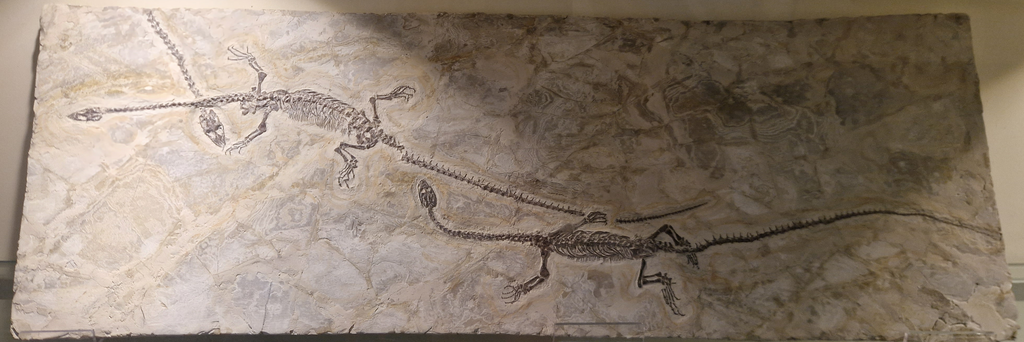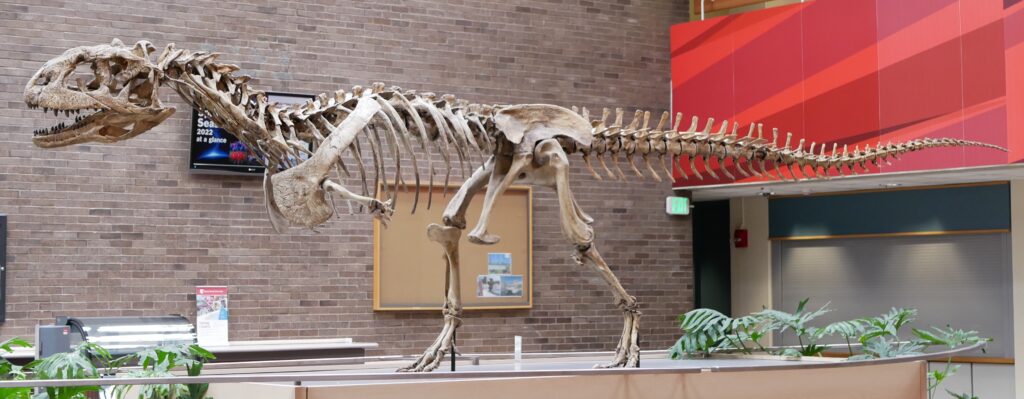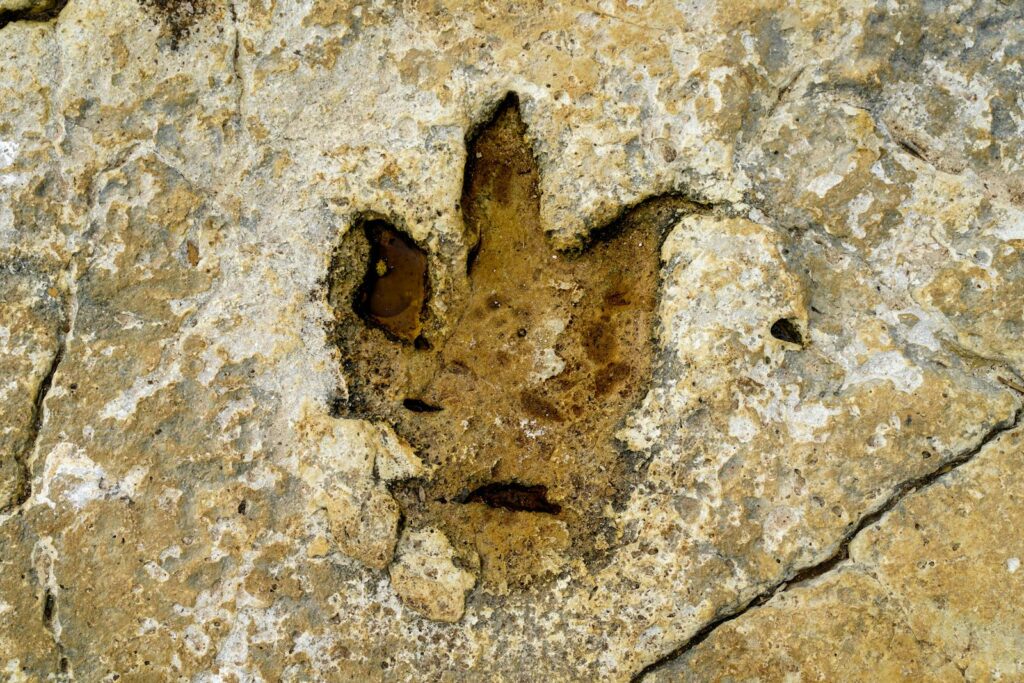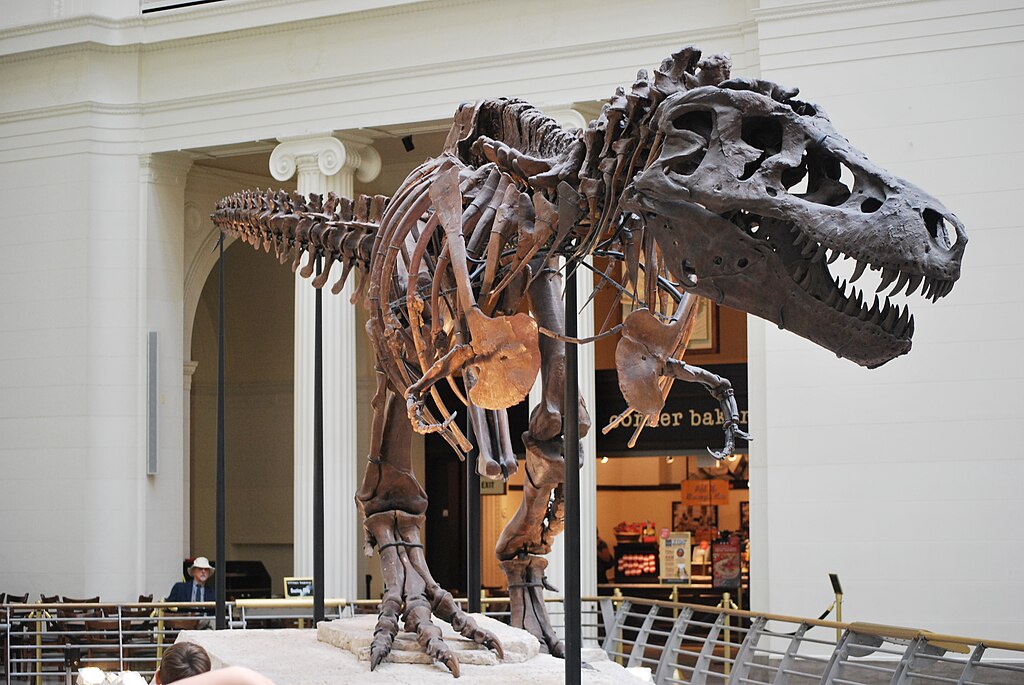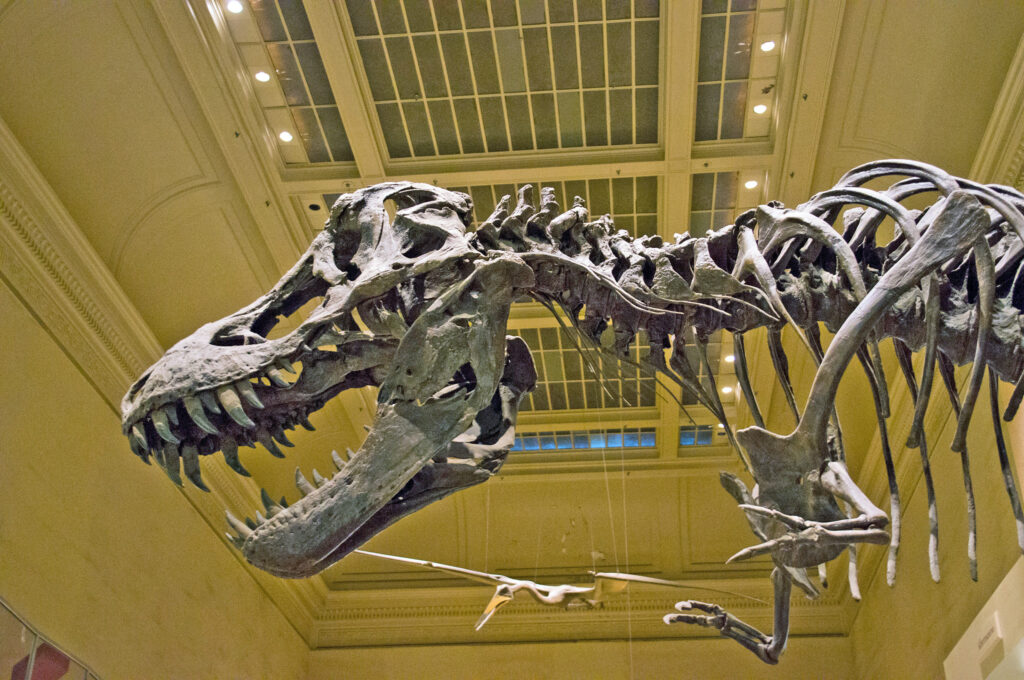What Is a Fossil and How Is It Formed?
Fossils are remnants or traces of ancient organisms preserved in the Earth’s crust over geological time. These natural time capsules provide scientists with critical information about extinct species, ancient ecosystems, and the evolution of life on our planet. Dating back hundreds of millions and even billions of years, fossils form a crucial link to Earth’s ...

